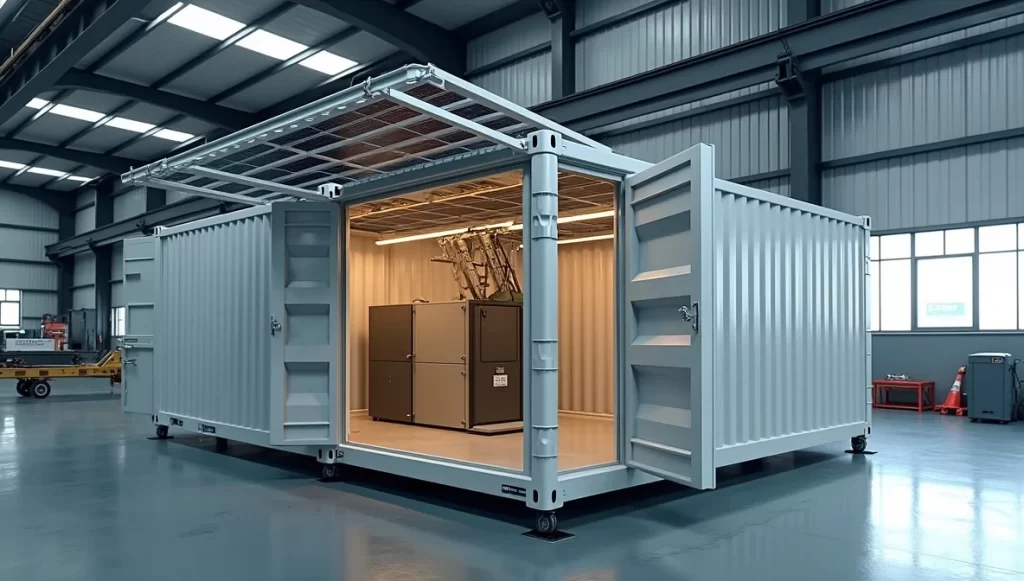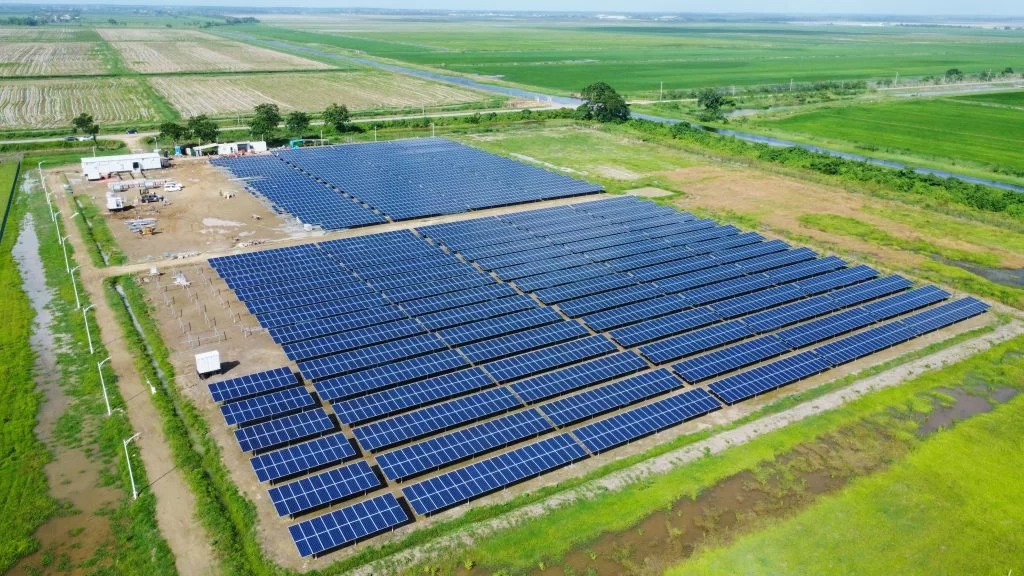Off-Grid Solar Container vs. Conventional Off-Grid Solar System: Which is Best for You?

When it comes to energizing remote locations, you might be wondering: do I buy an off-grid solar container or a conventional off-grid solar system? Both offer benefits, but being aware of the differences can save you time, money, and frustration. Let’s take a glance.
What is an Off-Grid Solar Container?
An off-grid solar container is an autonomous, modulated power system that is placed in a shipping container. It consists of:
- Foldable solar panels
- Lithium or lead-acid battery storage
- Inverters and energy management systems
The primary benefits are mobility, rapid deployment, and compact size. They are appropriate for:
- Emergency response and disaster relief
- Rural electrification
- Mobile research or military applications
In contrast, a conventional off-grid solar system consists of ground-mounted or roof-mounted PV arrays, isolated battery banks, and stand-alone inverters on-site.
Key Design Differences
Feature | Off-Grid Solar Container | Traditional Off-Grid Solar System |
Mobility | Completely portable, truck-moveable | Fixed installation, difficult to relocate |
Deployment | Folded panels and pre-wired container allow rapid deployment | Requires on-site wiring and construction |
Modularity | Integrated construction with modular expansion options | Expansion means added components and engineering |
Protection | Weatherproof container shields electronics and batteries | Exposed to environmental threats unless contained separately |
Maintenance | Centralized in-container service | Components dispersed across the site, more challenging to service |
Practical Considerations
You might ask yourself: “Is a container system an overkill for a small village?”
Not necessarily. Even small-scale solar containers can provide several kilowatts of power, enough for houses, schools, or clinics. And because it is modular, you can expand incrementally.
Another one would be: “Can traditional off-grid systems match the container’s efficiency?”

They can be efficient, but their efficiency traditionally depends on good installation and local conditions. They are site-specific, but solar containers are pre-tested and standard.
Industry Trends and Real-World Examples
- Puerto Rico Disaster Relief (2017):Solar containers were deployed to restore power to hospitals and communications centers after Hurricane Maria. Their foldable panels and modular construction allowed crews to send energy solutions in days rather than weeks.
- Kenya Rural Electrification (2022):A 20-foot solar container powered a remote school and surrounding houses in Narok County. The modular battery design of the container ensured uninterrupted energy management for intermittent loads, as opposed to conventional standalone solar kits that sacrificed peak demand.
These examples show how containers excel in applications that include mobility, rapid deployment, and combined management.
Key Advantages of Each System
Off-Grid Solar Container:
- Mobility:Moveable between sites
- Rapid Deployment:Plug-and-play installation
- Integrated Protection: Container safeguards all the elements
- Modularity:Easy storage and PV capacity extension
Conventional Off-Grid Solar System:
- Flexibility in installation location
- Less initial cost for very small systems
- Easier local maintenance for basic PV and battery systems
- Optimizable for aesthetics in residential neighborhoods
User Questions Responded Naturally
A few will inquire about costs: “Does a solar container cost significantly more than conventional systems?”
Although initial costs are greater with pre-fabrication, costs of ownership can be reduced since it minimizes installation labor, site preparation, and maintenance intricacy.
Another frequently asked question: “How weather-reliable are containerized systems?”
Most containers are built with durable insulation, climate control, and waterproofing, so they are more weather-resistant than exposed traditional systems.
Last but not least, individuals tend to ask: “Can I have the best of both systems?”
Absolutely. Some hybrid setups use solar containers as central energy hubs while conventional panels serve as supplemental local generation, especially for larger villages or industrial applications.
